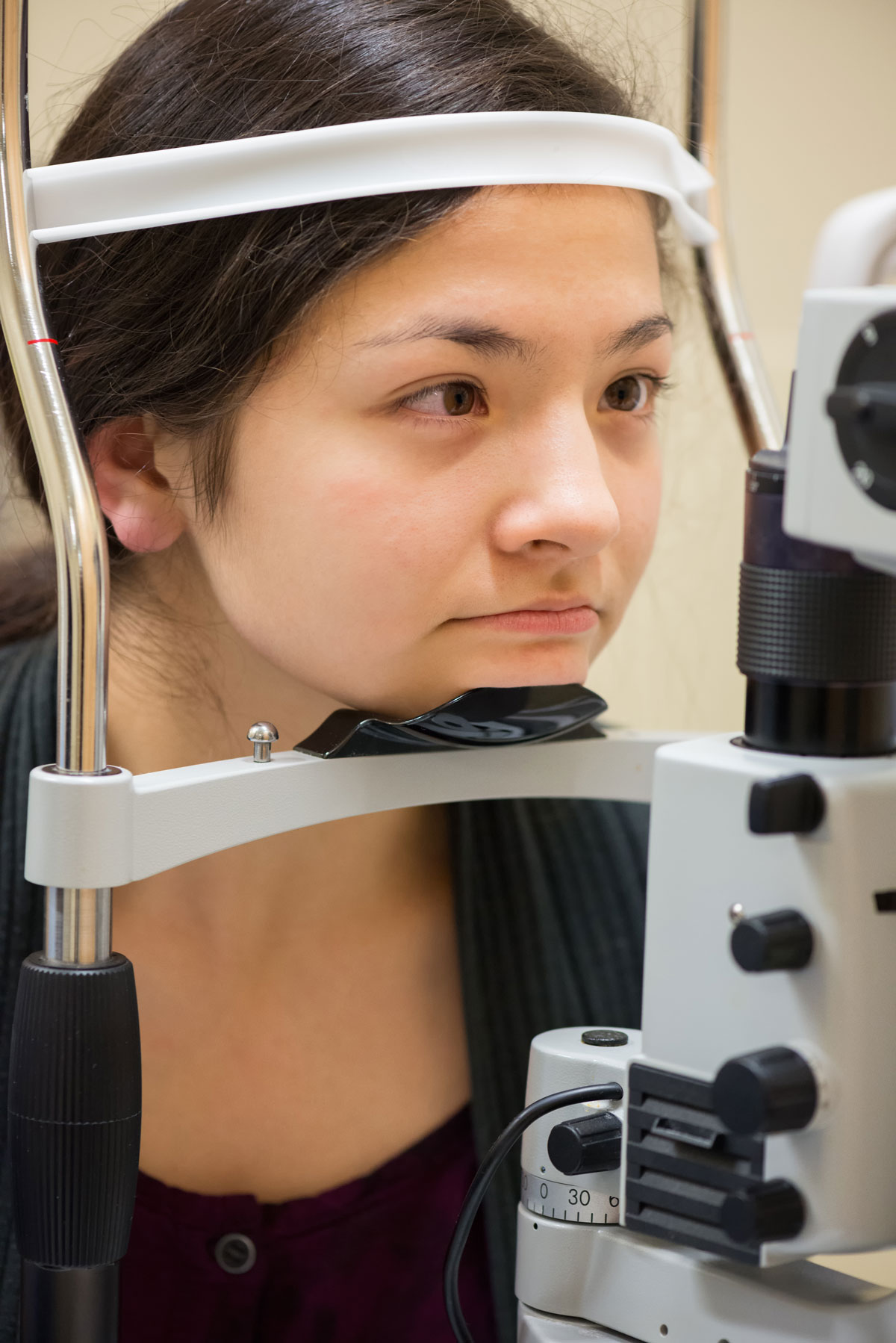 |
|
After the onset of the COVID-19 pandemic, there was a 9.4% decrease in children receiving eye screenings from a specialist and an 85.7% increase in unmet vision care needs. Photo: Getty Images. |
The pandemic disrupted many facets of normal life and health care was no exception. Research has already found preventative medical visits decreased from 2019 to 2020. Pediatric eye care has been similarly affected, with children’s access to vision care taking a hit, new research indicates. The Analyses of the National Survey of Children’s Health collected data from 2016 to 2020 about the state of children’s eye health. The report, titled “The 2020 National Survey of Children’s Health,” looks at five-year trends from 2016 to 2020 in childhood vision metrics, especially any impacts that may have occurred due to the pandemic.
The retrospective study included data from 174,551 children from birth to 17 years of age. There were four primary vision measures accounted for: vision screening, specialist utilization, vision status and unmet vision access. Vision screening was considered as being tested with pictures, shapes or letters within the past year. The specialist utilization category indicated whether kids received vision care from an eye care specialist (optometrist or ophthalmologist) or from a non-specialist, like a school nurse. Vision status reported if children with blindness or seeing problems persisted even with glasses usage. The last measure, unmet vision access, was defined as kids who did not receive needed vision care in the past 12 months.
Most importantly, a concerning 9.4% decrease was found in children who received an eye screening from a specialist and an 85.7% increase in unmet vision care needs after the COVID-19 pandemic. This trend was not entirely exclusive to the rise of the pandemic, though, as vision screenings decreased from 2016 to 2020, then continued past the post-pandemic onset. For those who did receive screening, there was a five-year decrease in the percentage of children who met with a specialist, exacerbated by the pandemic in 2020. Although nonsignificant, the study did find a modest increase in reported blindness and trouble seeing when wearing glasses in the five-year time period. Also nonsignificant was a 24.3% decrease in unmet vision care access from the years 2016 to 2019. After pandemic onset, this trend became a significant increase in reports of unmet vision care, disrupting the quality of vision of kids may be able to have.
With kids not receiving adequate vision care, the authors of this study look to ways this can be combated, citing that “details on vision screening and access trends in the US. in the pediatric population are vital to inform future policymaking and patient care. These analyses provide the first exploration of vision-related trends in screening and access focusing on the impacts of the pandemic.” Perhaps with this information, practitioners can warn patients and the public that kids deserve more effort directed at getting them the eye care they need.
Chauhan MZ, Elhusseiny AM, Samarah ES, Rook BS, Sallam AB, Phillips PH. Five-year trends in pediatric vision screening and access in the United States. Ophthalmology. 2022. [Epub ahead of print]. |

